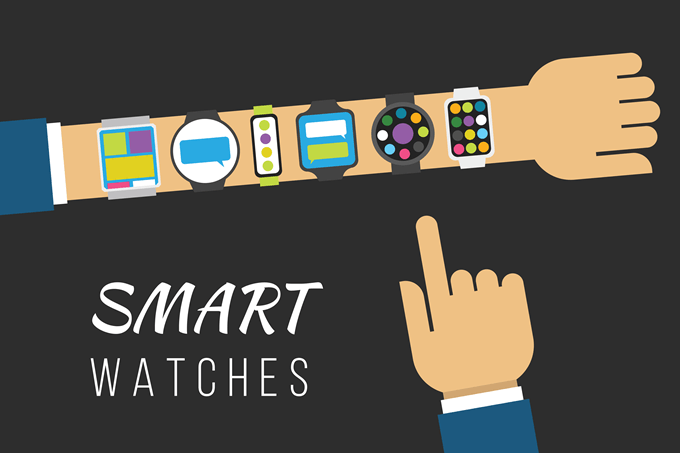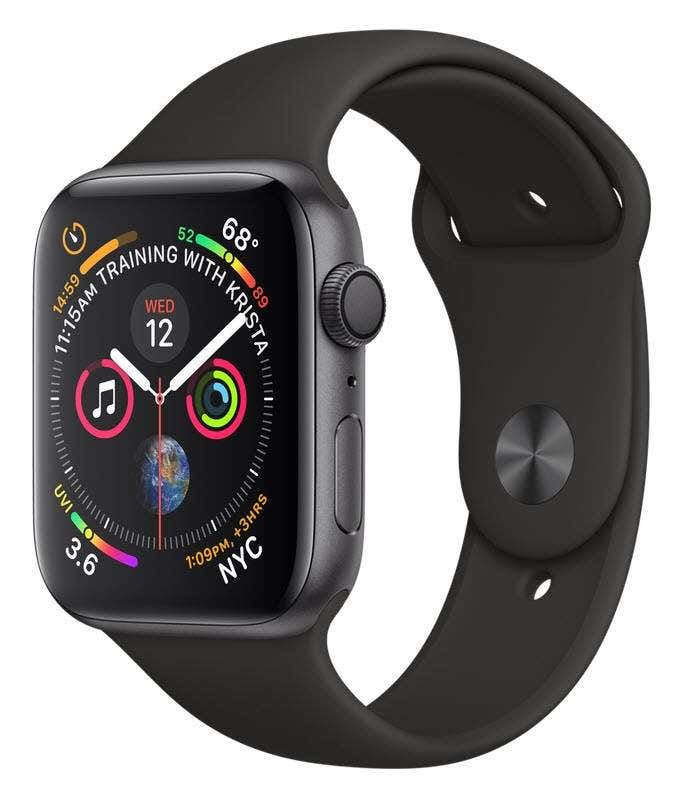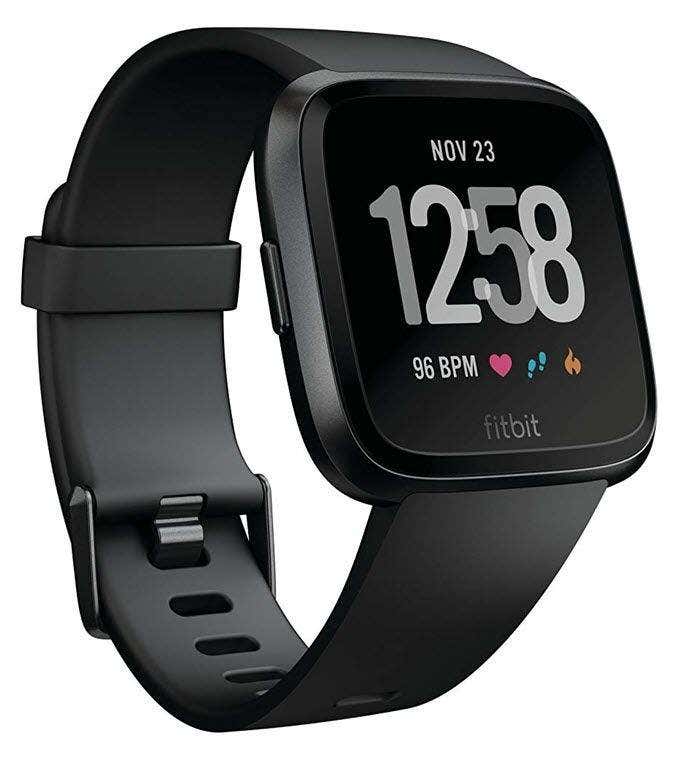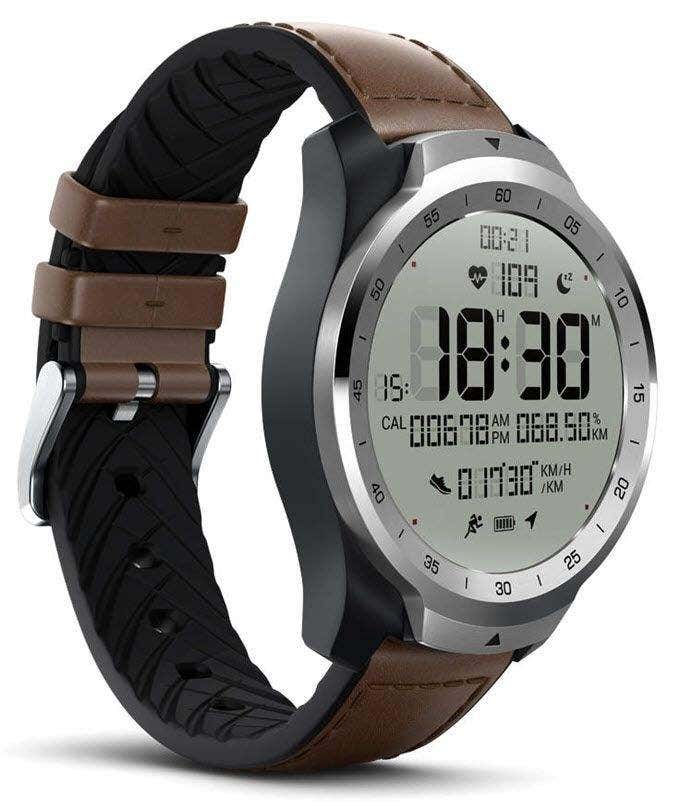The ones you can buy today are the complete opposite—incredibly functional, slim, and as far from “nerdy” accessories as they can get. The health and safety features, convenience, and pure utility of a smart watch make them worth investing in, especially if you’re a heavy user or you like to workout and spend a lot of time outdoors. This is a list of the best smartphones sorted by their value and overall usefulness. The latest model of the Apple Watch is sleek, stylish, and just as powerful as a lot of smartphones. It has a larger display than its previous editions, with a speaker to match. The Apple Watch 4 has the same features that Apple users know and love, but the one bit of tech that stands out from the pack is the ECG feature built into the heart rate tracker. An ECG is an electrocardiogram—a way for doctors to tell if you’re in danger of heart problems. The feature isn’t relevant for everyone, but it’s one step closer to making smart watches into discreet, wearable health monitors. For the public at large, the fitness features make the Apple Watch a serious competitor all but the most high-end exercise and fitness trackers. The downside to all of these features is the price. The Apple Watch 4 runs about $400 on average. The Samsung Galaxy Watch is to the Apple Watch what the Galaxy is to the iPhone XR—but though the watches are direct competitors, there are quite a few differences between them. The Samsung Galaxy Watch has some of the best battery life of any smart watch on the market. The battery is rumored to last up to four days even with extensive use. Navigation is also done differently. The Galaxy Watch has an external bezel you turn to scroll through the options.The downside to the Galaxy Watch is that the apps are far more limited. While it works great as a fitness tracker, it lacks the overall versatility that the Apple Watch brings. On the bright side, it’s significantly less expensive than the competition. You can find the Samsung Galaxy Watch for around $250. Fitbit has always been a big name in the world of fitness trackers, but they didn’t wade out into the smartwatch market until recently. The FitBit Versa is one of the more affordable options. The average battery life for the FitBit Versa is around three days. If you don’t need something with a ton of crazy features, this is a great way to break into the smart watch market without breaking the bank. The TicWatch Pro stands out because it’s compatible with both Apple and Android phones. TicWatch is a lesser-known smart watch company, but they bring an interesting perspective to the market. The TicWatch uses a double-layered display that allows the watch to function even when the battery is low. The top layer is a transparent LED display that works when the battery is low, and can last for up to 30 days. It displays the time and your heart rate, as well as a few other bits of information.The TicWatch lasts for around two days on a single charge outside of low battery mode. It has built-in GPS for tracking your run, works with Google Pay, and even built-in Bluetooth for listening to music. For around $200, the TicWatch Pro combines some of the best features of the other smart watches on this list into a single place.
Why do I need a smart watch?
Many people see smart watches as a luxury accessory, but ask anyone that has one and they’ll tell you the watch becomes an integral part of day to day life. Many smart watches let users respond to text messages directly from the watch, and almost everyone has seen the Apple advertisements showing the vast range of apps available on the watch.If you’re athletic or enjoy being outdoors, the fitness tracking features of most of these watches is invaluable. Knowing your heart rate, an estimate of calories burned, your GPS location, and more can help you refine your workout so you get the most out of your time. Take a look at what smart watch options are available to you. You might find the versatility a smart watch brings to your daily routine is something you didn’t know you needed.



